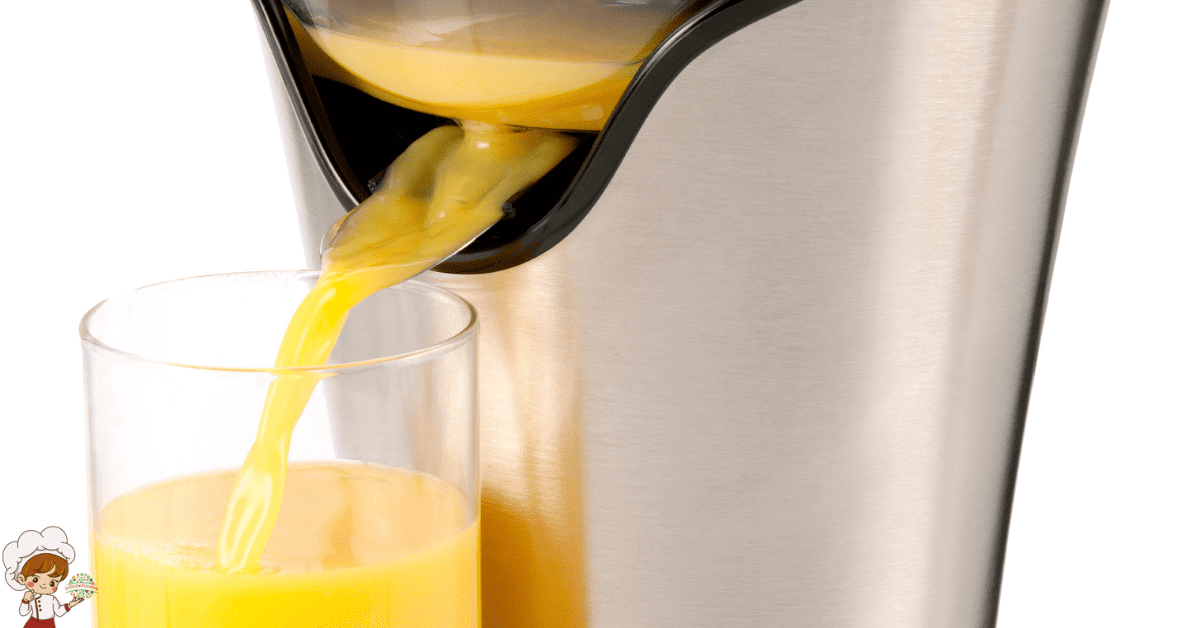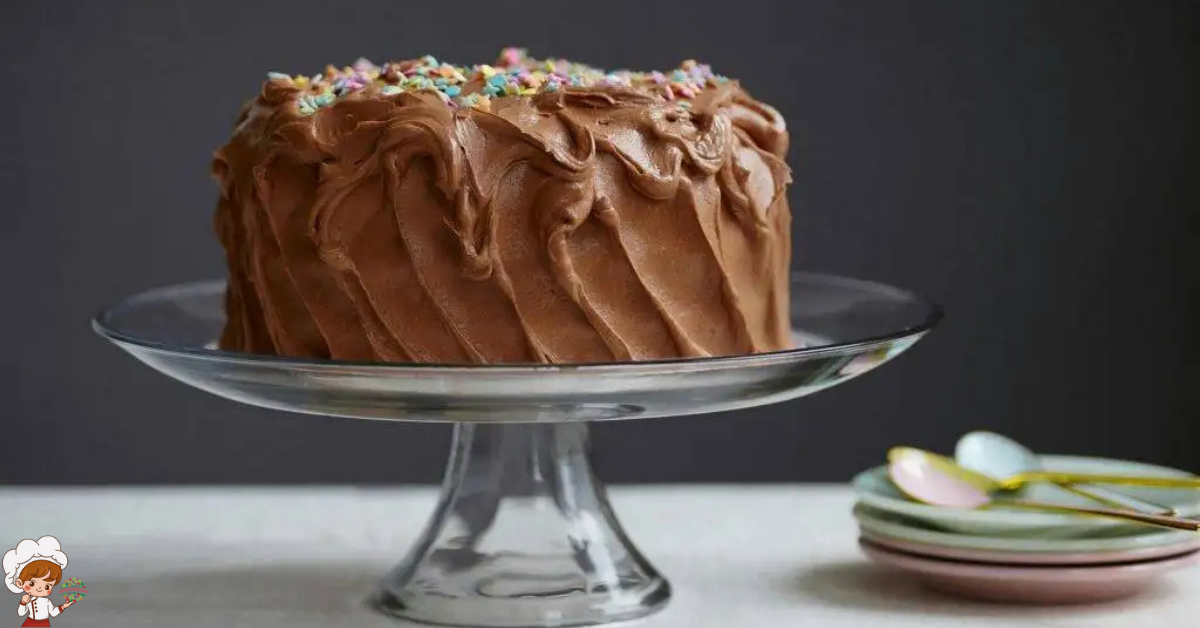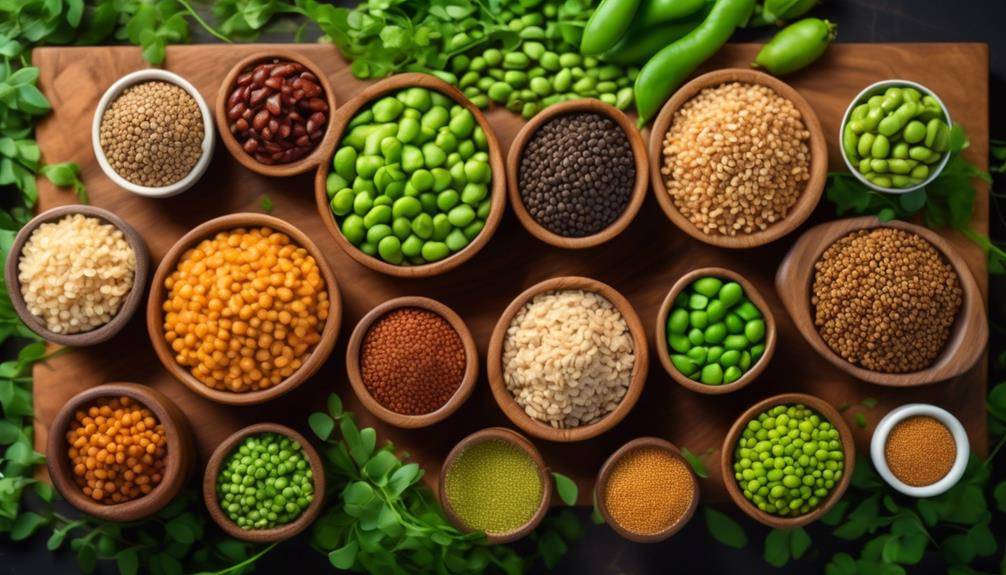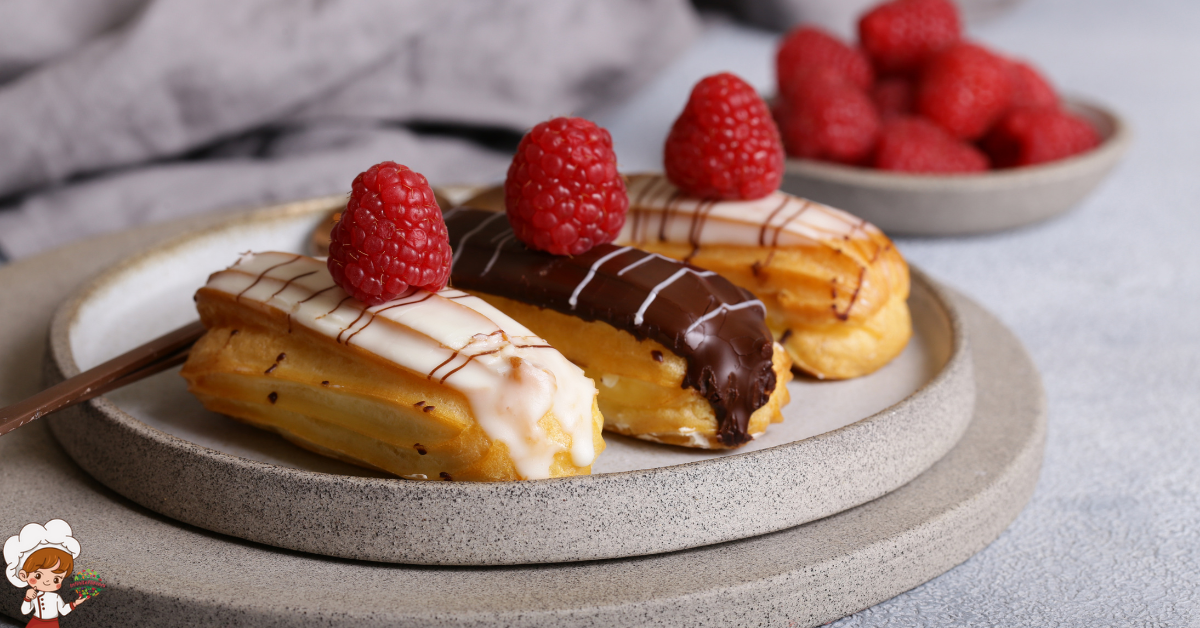The Best Rolling Pins For Pie Crust
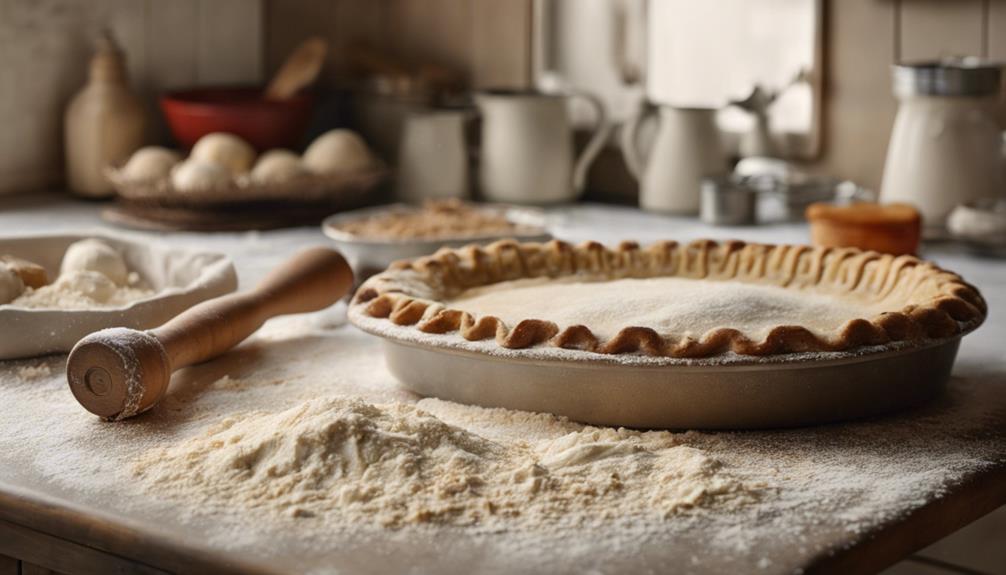
The Best Rolling Pins For Pie Crust; When it comes to rolling pins for pie crust, choosing the right one is key. You’ll find wooden pins offer great control and durability, while metal pins provide a bit more weight for tougher doughs. If you’re looking for something non-stick, silicone or marble might be the way to go. Opt for sizes between 18 to 22 inches, depending on your pie size. Features like ergonomic designs and adjustable thickness can enhance your baking experience. For perfect pie crusts, using cold ingredients and proper rolling techniques is essential. There’s plenty more to discover about which rolling pin suits you best!
Importance of a Good Rolling Pin
When you’re rolling out pie crust, having a good rolling pin can make all the difference in your baking experience. A quality rolling pin not only helps you achieve the perfect thickness but also guarantees an even distribution of pressure, which is vital for a tender crust. If you think about rolling pin history, you’ll find that these essential kitchen tools have evolved from simple wooden dowels to various sophisticated designs that cater to bakers’ needs.
Understanding rolling pin styles is key to selecting the right one for your pie crust. For instance, traditional French rolling pins have tapered ends, allowing for better control, while a straight, thicker pin offers stability for heavier doughs. Each style serves a unique purpose, and knowing which works best for you can enhance your baking skills.
Using a good rolling pin helps prevent sticking, which can ruin your crust’s texture and appearance. When you opt for a well-designed pin, you’ll find that your dough rolls out smoothly, reducing the risk of tears or uneven areas. Plus, the right rolling pin can be a joy to work with, making the process feel less like a chore and more like a creative endeavor.
Types of Rolling Pins
When it comes to rolling pins, you’ve got a few options to evaluate. Wood and metal each have their own strengths, while specialty rolling pins can add a unique twist to your baking. Let’s explore how these choices can impact your pie crust-making experience.
Wood Vs. Metal
Choosing the right rolling pin can considerably impact your pie crust‘s texture and ease of use, and the debate between wood and metal options is one that many bakers face. When considering wood, you’re looking at a material known for its durability. A good wooden rolling pin can last for years, providing a sturdy surface that absorbs some moisture, which can help prevent sticking. Plus, the light texture of wood can make it easier to control while rolling out your dough.
On the other hand, metal rolling pins come with their own advantages. The metal weight allows you to apply more pressure, which can be beneficial for rolling out tougher doughs. They’re typically easier to clean, and their smooth surface means you can keep your dough from sticking by chilling them in the refrigerator first.
Ultimately, the choice between wood and metal depends on your personal preferences and baking style. If you prioritize control and moisture absorption, a wooden pin might be your best bet. But if you want ease of use and weight, a metal rolling pin could be the way to go.
Specialty Rolling Pins
Specialty rolling pins come in various designs, each tailored for specific baking needs. When you’re looking to elevate your pie crust game, these unique designs can make all the difference. For instance, you might choose a textured rolling pin featuring decorative patterns that impressively imprint your dough. This not only adds visual appeal but also helps create a lovely base for your pie.
You’ll find options like patterned pins that emboss intricate designs onto your crust, perfect for special occasions. If you’re into themed baking, consider a holiday-themed rolling pin that showcases festive motifs, making your pies stand out at gatherings.
Another option is the adjustable rolling pin, equipped with removable rings that let you control the thickness of your dough. This feature guarantees uniformity, which is essential for even baking.
Investing in a specialty rolling pin can inspire creativity in your baking endeavors. Whether you want to impress guests or simply enjoy the process, these rolling pins with their decorative patterns and unique designs will surely enhance your pie-making experience. So, get ready to roll out the dough like a pro!
Material Choices for Rolling Pins
Selecting the right material for your rolling pin can greatly impact your pie crust‘s texture and ease of use. Each material has unique properties that can enhance your baking experience. For instance, silicone rolling pins are incredibly versatile. They’re non-stick, which means you won’t need to add as much flour when rolling out your dough. This can help you achieve a tender crust without the added toughness that excess flour can create. Plus, silicone rolling pins are easy to clean, making them a convenient choice for busy bakers.
On the other hand, marble rolling pins offer a completely different set of advantages. Their weight provides a satisfying heft, allowing you to roll out dough with minimal effort. The cool surface of marble helps keep the dough chilled, which is particularly beneficial for buttery pie crusts. This temperature control can prevent the butter from melting prematurely, leading to a flakier result. However, marble rolling pins require a bit more care when it comes to cleaning, as they can absorb odors and stains.
Ultimately, your choice between silicone and marble rolling pins will depend on your personal preferences and baking style. If you prioritize ease of use and cleaning, you might lean towards silicone. If you value the traditional feel and cooling properties, marble could be your best bet. Whichever material you choose, you’re one step closer to creating a perfect pie crust!
Size Considerations
When it comes to rolling pins, size matters just as much as the material. Choosing the right size guarantees you can roll out your pie crusts evenly and effectively. Most rolling pins come in standard sizes, typically ranging from 18 to 22 inches in length. These dimensions can suit most pie dishes and provide you with enough surface area to work comfortably.
However, if you often bake different types of pastries or don’t always have a standard pie dish, you might want to think about a rolling pin with adjustable lengths. These versatile options allow you to customize the size according to your needs, whether you’re making a small tart or a large pie. Adjustable rolling pins often come with removable rings that help you achieve a consistent thickness, which is essential for uniform baking.
Another factor to keep in mind is the diameter of the rolling pin. A thicker pin can provide more heft, making it easier to roll out tougher doughs. Conversely, a thinner pin offers more control and is ideal for delicate crusts.
Ultimately, the right size for your rolling pin will depend on your baking habits and preferences. So, reflect on the types of pies you frequently make and choose a rolling pin that fits those needs. With the right size in hand, you’ll find rolling out dough an enjoyable and efficient process.
Features to Look For
A good rolling pin can make all the difference in your pie-making journey, so it’s vital to know the key features to look for. First and foremost, you’ll want to reflect on the ergonomic design of the rolling pin. A well-designed handle will let you grip comfortably, reducing strain on your hands and wrists as you roll out dough. This way, you can work longer without discomfort, which is especially beneficial if you enjoy baking often.
Next, look for a non-stick surface. A rolling pin with this feature will prevent your dough from sticking, making it easier to roll out your crust without tearing or sticking to the pin. Some options come with a silicone coating, while others are made from materials like marble or stainless steel, which naturally have non-stick properties. This feature is essential for achieving that perfect pie crust without the hassle of adding extra flour, which can alter your dough’s texture.
Additionally, reflect on the weight of the rolling pin. Heavier pins can help with rolling out thicker doughs, while lighter ones offer more control for delicate pastry. Finally, think about the material. Wooden, marble, and silicone all have their advantages; choose one that feels right in your hands and suits your style of baking.
How to Use a Rolling Pin
To get the best results with your pie crust, start by selecting the right rolling pin for your needs. Once you’ve got your pin, mastering the rolling technique is essential for even thickness and a perfect crust. Let’s explore how to choose your pin and the best methods for rolling out your dough efficiently.
Selecting the Right Pin
Choosing the right rolling pin can make all the difference in your pie crust-making journey. With various rolling pin styles available, you’ll want to pick one that suits your needs and preferences. Traditional wooden pins offer a classic touch, while stainless steel options provide a sleek, modern appeal. If you prefer ease of use, consider silicone rolling pins that are non-stick and easy to clean.
Ergonomic designs can also enhance your experience. Look for pins with handles that fit comfortably in your hands, reducing strain during use. Some models even feature a tapered design, allowing for better control and maneuverability. This can be especially helpful when rolling out delicate doughs that require precision.
Think about the size of the rolling pin too. A longer pin can give you more surface area to work with, which is ideal for larger pie crusts. On the other hand, a smaller pin might be easier to handle for smaller tasks. Ultimately, selecting the right rolling pin will depend on your personal preferences and baking style, so take the time to explore your options before making a choice.
Rolling Technique Tips
Mastering the art of rolling dough can elevate your pie crust game considerably. To start, make certain your work surface is clean and lightly floured. This prevents your dough from sticking and helps you achieve an even thickness.
When you roll, apply even pressure and use two hands to guide the pin. Start from the center of the dough, and roll outward in all directions. This method helps maintain consistent dough thickness and prevents tearing. If you notice the dough sticking, sprinkle a little more flour underneath, but avoid overdoing it to keep the crust tender.
Another effective technique is to rotate the dough as you roll. This guarantees that you’re not just flattening one side and helps achieve a round shape. If your dough gets too soft, chill it briefly in the refrigerator before rolling again.
Lastly, don’t forget to check your dough’s thickness periodically. Aim for about 1/8 inch for most pie crusts. With these rolling techniques in your arsenal, your pie crusts will turn out beautifully flaky and delicious every time. Happy baking!
Caring for Your Rolling Pin
Caring for your rolling pin guarantees it stays in top shape for all your baking adventures. Proper maintenance is key to making sure your rolling pin lasts and performs well. Start by choosing the right cleaning methods. If you’ve used your pin with sticky doughs or sugary mixtures, wash it gently with warm, soapy water immediately after use. Avoid soaking it, as prolonged exposure to water can warp or crack the wood. Instead, wipe it down with a damp cloth, then dry it thoroughly.
For wooden pins, it’s essential to apply mineral oil occasionally. This maintenance tip helps to prevent drying and cracking. Simply pour a small amount onto a cloth and rub it into the wood, following the grain. Aim to do this every few months or more often if you notice the surface looking dull.
If your rolling pin has any stubborn stains or odors, a paste of baking soda and water can work wonders. Apply it gently, then rinse and dry thoroughly. Never use harsh chemicals or abrasive cleaners, as these can damage the surface.
Store your rolling pin in a cool, dry place, away from direct sunlight. This helps maintain its integrity and keeps it ready for your next baking session. By following these simple cleaning methods and maintenance tips, you’ll make sure your rolling pin remains a trusty companion in your kitchen for years to come.
Recommended Rolling Pins
After ensuring your rolling pin is well-maintained, it’s time to contemplate which one will best suit your baking needs. There are several types of rolling pins, each with unique features that can enhance your pie-making experience.
For a versatile option, consider a French rolling pin. These have tapered ends, allowing for better control and a more even distribution of pressure when rolling out dough. Brands like OXO and J.K. Adams are among the best brands when it comes to quality and durability in French rolling pins.
If you prefer a traditional style, a classic wooden rolling pin is a solid choice. Look for options made from hardwood, as they offer strength and longevity. Brands such as Norpro and Betty Crocker have great selections that won’t let you down.
For those who appreciate modern conveniences, a marble rolling pin can be an excellent investment. The cool surface helps keep your dough from sticking, making it perfect for pie crusts. Check out brands like KitchenAid for reliable marble options.
Don’t forget about rolling pin accessories that can enhance your baking process. Measuring rings are a handy addition, ensuring your dough is rolled to the perfect thickness every time. You might also consider a silicone baking mat, which provides a non-stick surface and easy cleanup.
In the end, the right rolling pin can make a world of difference in your pie-making adventures. Choose wisely, and you’ll be well on your way to creating delicious pies.
Tips for Perfect Pie Crusts
To achieve a perfect pie crust, start with cold ingredients and a chilled workspace. This is one of the essential pie crust secrets that’ll make a significant difference. Keep your butter or shortening in the fridge until you’re ready to use it. The colder your fats, the flakier your crust will be. If you can, chill your mixing bowl and rolling pin too.
Next, pay attention to your dough consistency. You want a dough that’s moist but not sticky. When mixing your ingredients, use a light touch. Overworking the dough can lead to a tough crust, so mix just until combined. If you find the dough crumbling, add a tablespoon of ice water at a time until it holds together without becoming overly wet.
Once your dough is ready, don’t be tempted to skip the chilling step. Wrap it in plastic wrap and refrigerate for at least 30 minutes. This allows the gluten to relax, which is vital for a tender crust.
When rolling out your dough, sprinkle a little flour on your work surface to prevent sticking, but don’t overdo it. Too much flour can affect your dough consistency negatively. Roll from the center outwards, turning your dough occasionally to maintain an even thickness.
Frequently Asked Questions: The Best Rolling Pins For Pie Crust
Can I Use a Wine Bottle as a Rolling Pin?
Yes, you can use a wine bottle as a rolling pin! Just make certain it’s clean and dry. It works well for flattening dough, giving you a great alternative if you don’t have a traditional rolling pin.
How Do I Know if My Rolling Pin Is Too Heavy?
To know if your rolling pin’s too heavy, consider its materials and sizes. A lighter pin often feels more manageable, while heavier options can strain your wrists. Test it by rolling dough; comfort matters!
Are There Rolling Pins Specifically for Gluten-Free Dough?
Yes, there are rolling pins designed for gluten-free dough. You’ll benefit from materials like silicone or non-stick surfaces, which enhance gluten-free techniques by preventing sticking and ensuring even rolling, making your baking experience smoother.
Can I Put My Rolling Pin in the Dishwasher?
You shouldn’t put your rolling pin in the dishwasher, as dishwasher safety varies by material. Wood and certain plastics can warp or crack, while stainless steel might be fine. Always check the manufacturer’s guidelines first.
What Is the Best Way to Store a Rolling Pin?
To store your rolling pin, keep it in a dry place. If it’s wood, oil it regularly for maintenance. For silicone or plastic, just wipe it clean. Avoid damp areas to prevent damage.
Conclusion
To sum up, choosing the right rolling pin can make all the difference in creating the perfect pie crust. Whether you prefer a classic wooden pin or a modern silicone option, understanding the materials, sizes, and features will help you find the best one for your needs. With a little practice and care, you’ll master the art of rolling dough. So grab your rolling pin, roll out that crust, and enjoy the delicious results of your hard work!



